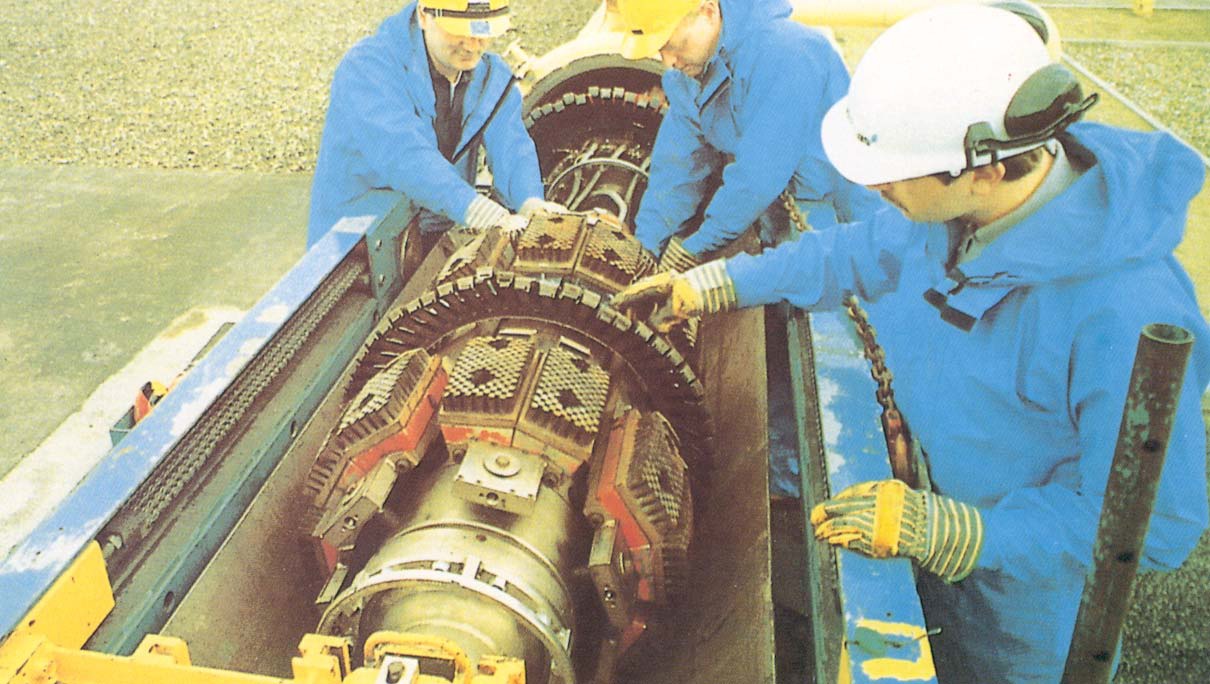Corrosion resistance behaviour of Nickel alloys in hydrofluoric acid
However it is chemically categorized as a weaker acid than hydrochloric or sulfuric acid, some materials are extremely corrosive more than even hydrofluoric acid. Use of gold and platinum are fully resistant to corrosion in aqueous solutions. The engineering materials that are significantly used in hydrofluoric acid owe their corrosion resistance to the development of fluoride layers.
The selection of a material for handling hydrofluoric acid should depend on the concentration, temperature, velocity and extent of aeration of acid and on the availability of contaminants. As with various non-oxidizing acids, aeration or the availability of oxidizing chemicals in hydrofluoric acid increases its corrosive attack on various metals. The most commonly used nickel alloy in process containing hydrofluoric acid is Monel 400, Nickel 200 and Inconel 600 are used for some applications.
Nickel 200
As Nickel 200 shows supreme resistance to anhydrous hydrogen fluoride, even at high temperatures, its use in aqueous solutions of hydrofluoric acid is often limited to temperatures below 180oF or 82oC. Extreme corrosion has occurred on material subjected at room temperature to commercial acid of 60 to 65% concentration.
Monel 400
Monel alloy 400 is a supreme material of construction for use in hydrofluoric acid processes. Aeration or the availability of oxidizing salts, increases the corrosion rate, however in non-aerated acid, Monel 400 prevents all concentrations up to the boiling temperature. The availability of small magnitudes of reducing sulfur compounds or sulfuric acid is not harmful. The alloy is comparatively insensitive to velocity effects and is commonly used for critical components like bubble caps or valves in contact with running acid. It is superior resistant to general corrosion in non-deaerated acid than various more high alloyed alloys.
In common with other high nickel alloys, Monel 400 is susceptible to stress corrosion cracking in moist, aerated hydrofluoric or hydrofluosilicic acid vapour. Cracking if the metal is fully immersed in the acid. Preventing aeration is also advantageous. It is well known that stress corrosion cracking can be avoided by preventing tensile stresses on the metal. For various metals, a full anneal form is used, however for Monel 400 heating, for 60 minutes between 1000oF and 1200oF, after by slow cooling is often adequate.
Inconel 600
Inconel 600 is resistant to dilute non-deerated hydrofluoric acid solutions up to 70oC. The availability of oxidizing salts often enhances corrosion resistance. Specific corrosion of weldments if occur if they comprise of considerable magnitudes of niobium. The general corrosion resistance of Inconel 600 wire in hydrofluoric acid is significant.
Incoloy 800 and Incoloy 825
Incoloy 800 is less resistant to anhydrous hydrofluoric acid as compare to molybdenum based Incoloy alloys. Although, they are not as resistant as Monel 400 to hydrofluoric acid solutions. For systems that are not stress-relieved, Incoloy 825 is seldom used due to its high resistance to stress corrosion cracking. Aeration or the availability of oxidizing salts, is advantageous. Generally, these alloys are not used in hydrofluoric acid service.
Inconel 625 and Hastelloy C276
Inconel 625 and Hastelloy C276 do not offer extreme corrosion resistance that they offer in other conditions and are not as resistant as Nickel 200 or Monel 400 in aqueous hydrofluoric acid.


